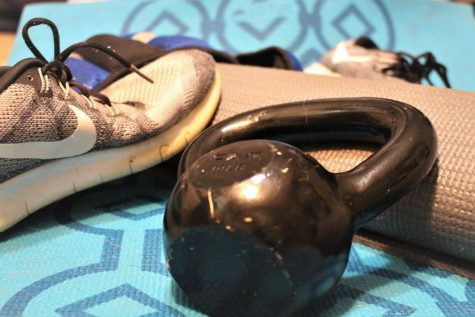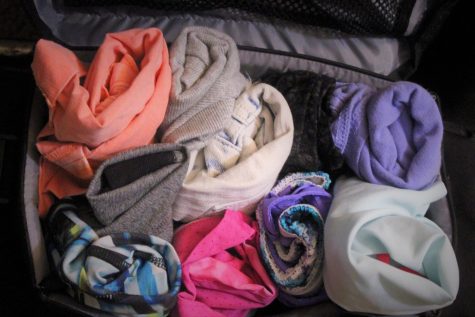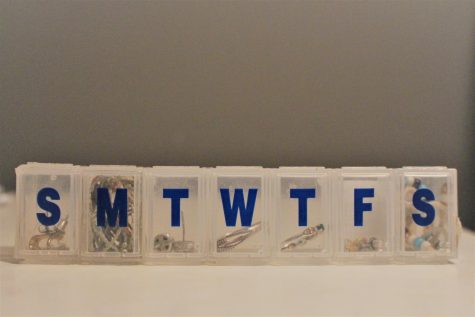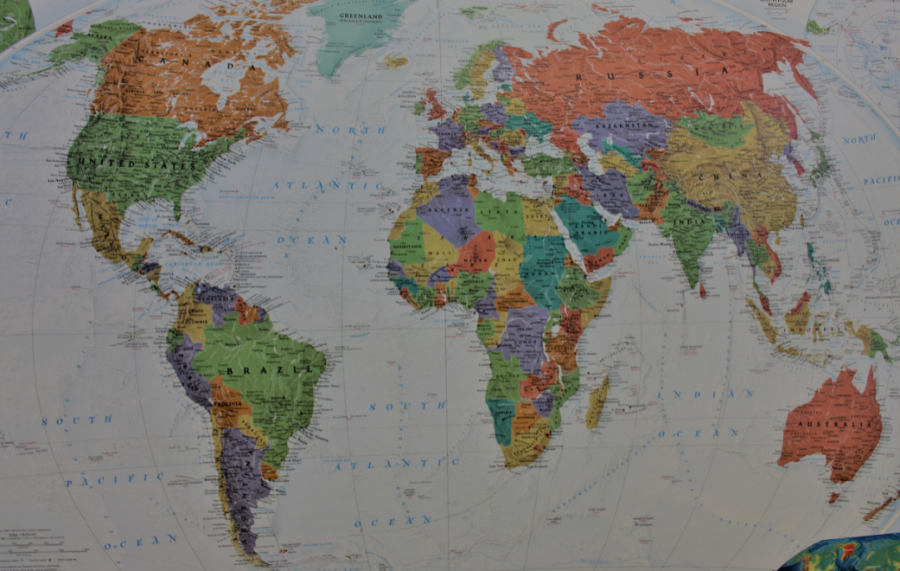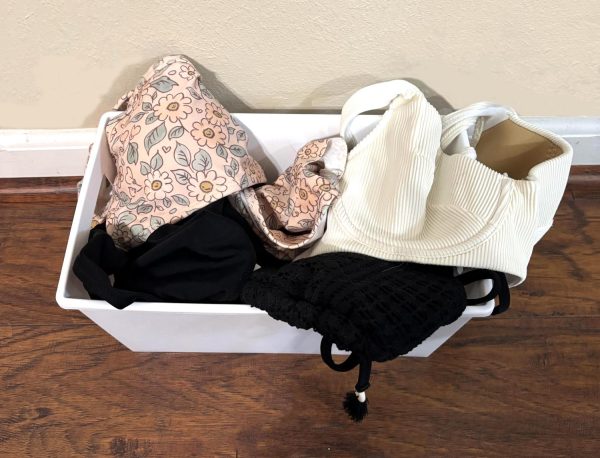To Do’s and Not To Do’s, Traveling Edition
Photo by Emilia Belcolore
May 6, 2021
Last summer, most of our plans consisted of staying at home and wearing masks when we were able to leave our house. Fortunately, this summer seems to look a little different. Now that traveling and tourist destinations are beginning to reopen, it’s time to review safety measures for traveling and what everyone needs to know before hitting the road or booking a flight.
Listen to Your Doctor: One of the first things that you should do before traveling is reevaluate your health. Visiting your doctor before traveling is a good way to make sure that you are a-okay to leave. It’s best to tell your doctor your planned destination, how long you’ll be gone, and activities that you might be involved in so that your physician can accurately evaluate any potential risks. If you’ve had any recent major surgeries or procedures, check with your doctor to see when your release to travel date is. If you’ve had a recent heart attack or stroke, are suffering from chest pains, pneumothorax, respiratory issues, infection of the ears, nose or throat, a fever over 100.4 degrees, or any illness easily spreadable to others, then traveling (especially by plane) is not for you. As always, if eligible, try and receive one of the vaccines for COVID-19 that are currently available. The Moderna and Pfizer-BioNTech are currently safe to receive. At press time, the Johnson and Johnson’s vaccine has been temporarily halted.
Follow Traveling Rules: On January 12th, 2021, the CDC passed an order stating that all passengers, even U.S. citizens have to have a negative COVID-19 test no later than three days before boarding to arrive in the United States.
Masks are required on different methods of transportation such as planes, buses, and trains. This is for safety reasons.
“Traveling on public transportation increases a person’s risk of getting and spreading COVID-19 by bringing people in close contact with others, often for prolonged periods, and exposing them to frequently touched surfaces,” says the Centers for Disease Control and Prevention.
Packing and Sanitizing: After arranging your transportation, temporary residency, reservations, and more, it’s time to start packing. Of course, you’ll need your essentials. After packing enough clothes, shoes, and hygiene products, the CDC recommends a health travel kit. A health travel kit consists of prescription medications, over the counter medicines such as pain reliever, along with Band-Aids, tweezers, an EpiPen, insulin, inhalers, and anything medical that a person may need for emergencies.
Though the COVID-19 panic may have decreased, the threat is still very real. When traveling it’s best to bring disinfectant products to clean commonly touched surfaces that could be contaminated.
Geriatrician June McKoy, associate professor of medicine at Northwestern Medicine, advises to pack hand sanitizer, disinfectant wipes, disposable gloves, and plastic bags that are sealable and disposable. Even though COVID-19 is still around, it doesn’t mean the travel fun has to go away. As long as you remember to be safe and smart, traveling this summer will be no problem.
Hacks to Help You Travel and Pack:
